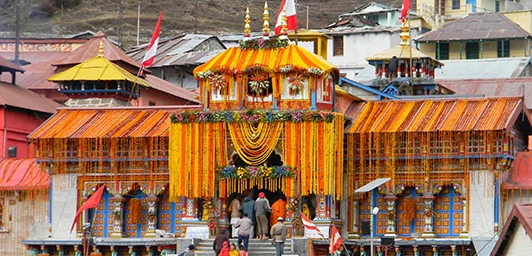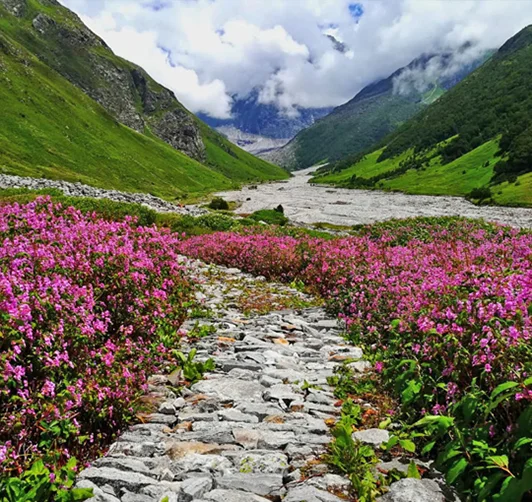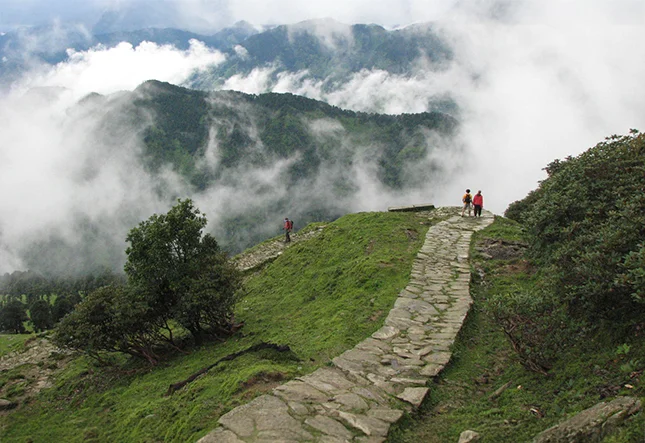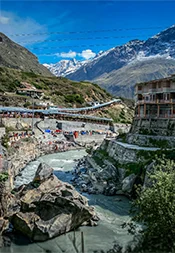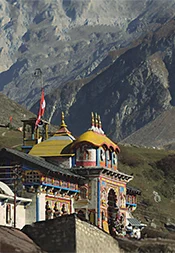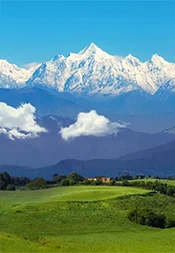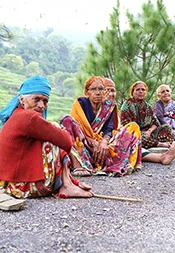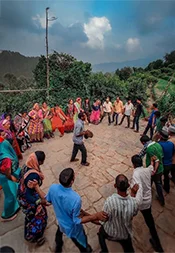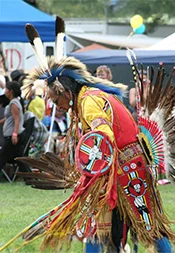Uttarakhand, a North Indian body politic, is one of the youngest states of independent India, which shares two international borders with The People’s Republic of China and Nepal, and two domestic borders with the Indian states of Himachal Pradesh and Uttar Pradesh.

Uttarakhand
Uttarakhand is famously known for its natural environment, high mountains, dense forests, lush green meadows, glittering rivers, charming villages and glistening lakes. It is also a home for many wildlife sanctuaries, some of which are worldwide renowned.
Famously known as the Abode of Gods, a state of this stature, a rich topography and a record of internal migration since time immemorial, can never be visited in isolation… well, poetically. Realistically, the state welcomes you with a summer escape from April to June, a drenched-in-monsoon beauty from July to September and snowy winter treks from October to March.
